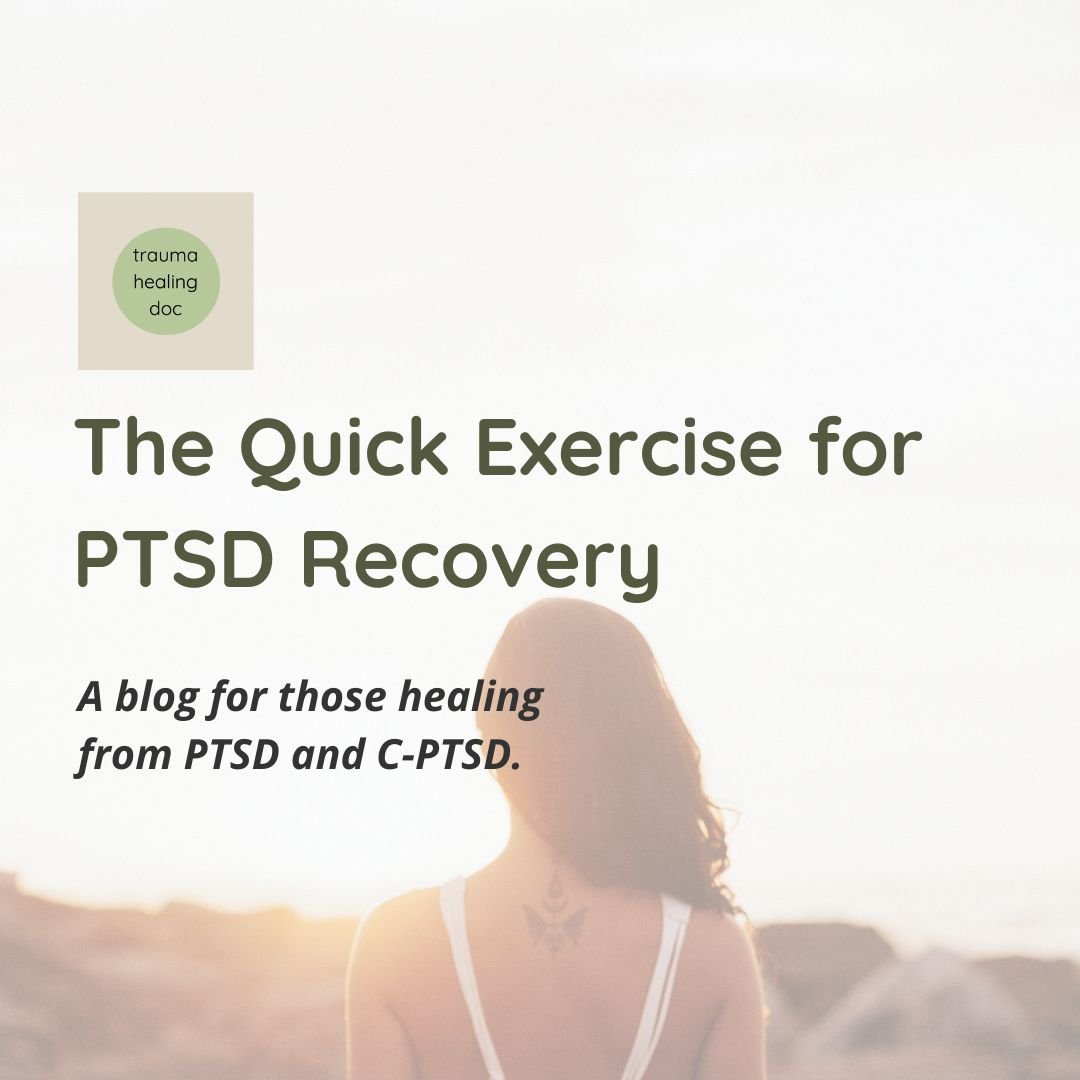A Quick Exercise to Help with PTSD Recovery
What if a simple exercise can help reduce PTSD symptoms right now and help rewire your brain long term from survival mode?
What if it only took 1-2 minutes of consistent practice this to get benefits?
What if it could be done at anytime - driving the kids to school or even at a meeting?
Want to know one of the most important exercises in PTSD recovery? (CPTSD survivors: this is a crucial skill to learn especially since it can improve areas of the brain that are underdeveloped and producing symptoms)
The exercise is anchoring your body to safety signals.
It is bringing your body to present moment awareness with somatic simple cues.
While it can be done during times of flashbacks or triggering experiences, its better to practice without being triggered first.
You don’t have to do all of these, but teach my clients to pick a few that feel good to them and just practice.
Try a few of these when sitting in a quiet place free from distractions. You can also incorporate a few deep breaths during this exercise.
Anchoring Safety Signals
From Head to Toe:
Relaxing your eyebrows and letting your gaze soften to a distant object
Relaxing your tongue and letting it rest on the roof of your mouth
Letting your shoulders drop and wearing them like a “cape”
Uncurling and lengthening your fingers and toes
Feeling the small of your back resting on a chair
Feeling your sits bones on the chair and your body getting heavy
Feeling your feet on the floor
Anchoring with safety signals is a skill that takes practice but over time, it helps to rewire the brain to reduce anxiety and stress.
Remember, everyone's experience with PTSD is unique.
What works for one person may not work for another which is why it’s important to choose which ones work for you.
I invite you to experiment with different safety signals and practicing anchoring regularly.
Want to learn more about about how to work with your body for PTSD Recovery? Join the 6 Week Manage PTSD Masterclass here. Please note that this is for educational purposes only and not intended as therapy or diagnosis.

